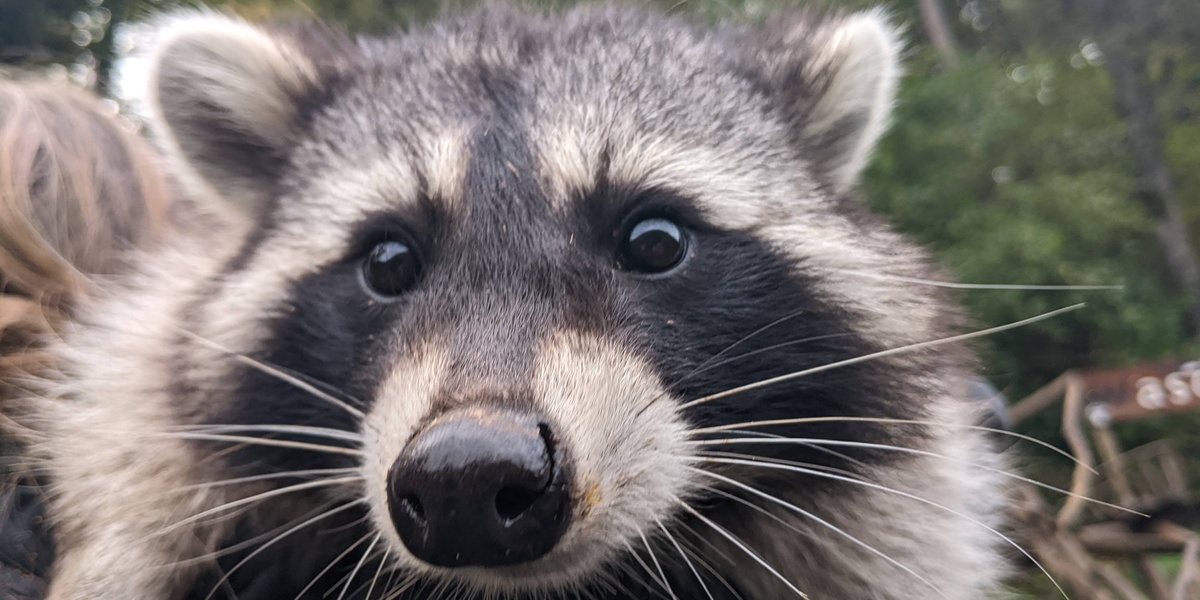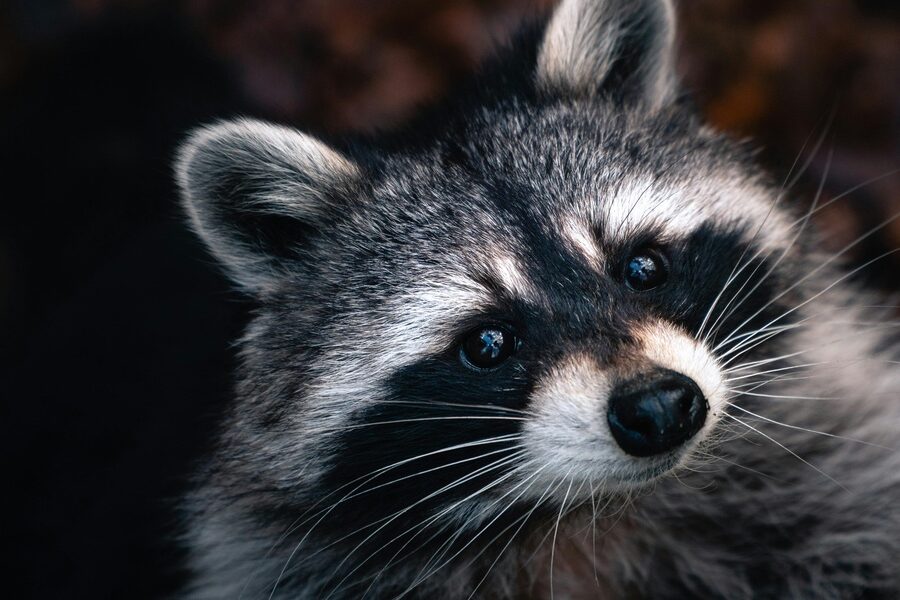More than one-third of terrestrial vertebrate species include both plant and animal matter in their diets — a flexibility that has helped many species thrive alongside humans. That mix of foods matters: omnivory connects trophic levels, spreads seeds, and turns dead animals into nutrients through scavenging. It also lets species pivot when seasons change or when human activity alters landscapes. This article profiles ten notable omnivorous animals, explaining how their mixed diets shape ecosystems, help them adapt to human-dominated landscapes, and influence conservation and agriculture.
Omnivorous animals play roles from gardeners to garbage collectors. Some move marine nutrients into forests, some control pests in gardens, and some become nuisances at compost heaps and landfills. Their dietary flexibility makes them resilient, but it can also bring them into conflict with people and farms. Below, the profiles are grouped by ecological role, physiological adaptations, and human connections to show how diet shapes behavior and management.
Ecological Roles and Foraging Strategies
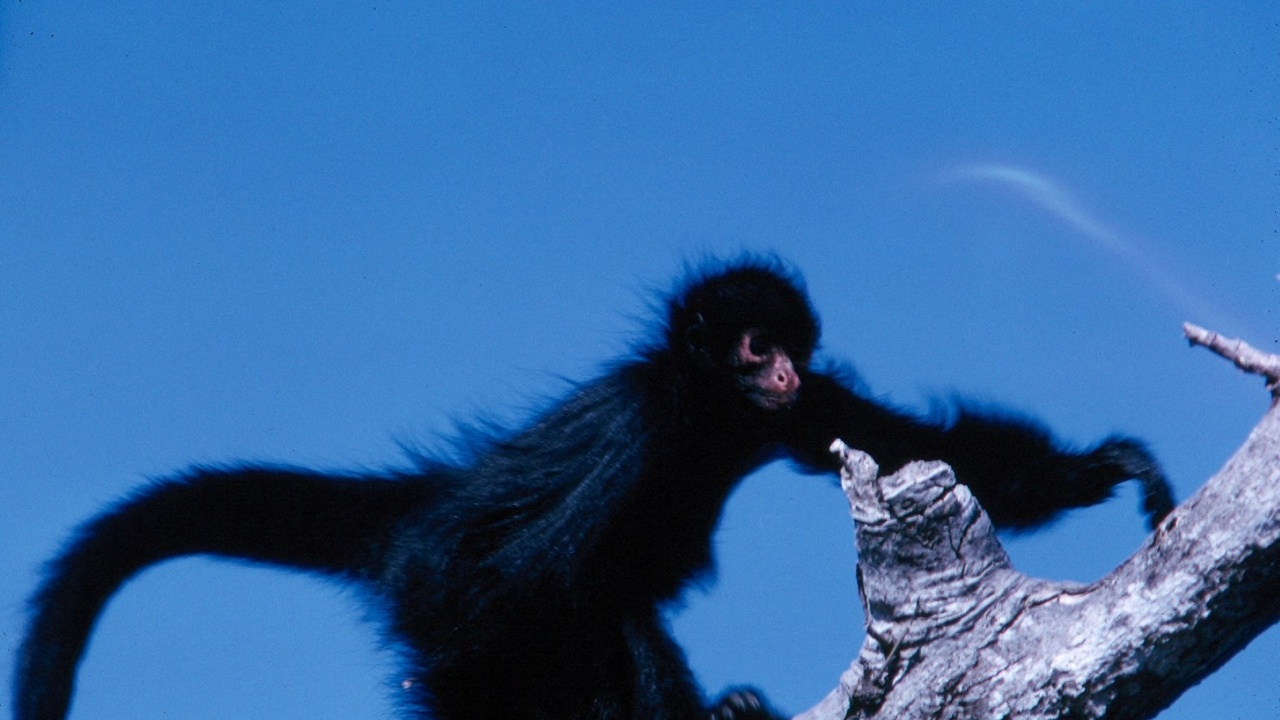
Omnivores act as bridges between plants and animals: they eat fruits and disperse seeds, they scavenge carcasses and recycle nutrients, and they prey on invertebrates, shaping local food webs. As opportunistic feeders, many shift diets seasonally—fruit and nuts in summer and fall, more animal protein or invertebrates at other times. In cities, these same strategies become advantages: animals that will eat human refuse, pet food, or garden produce often flourish.
Research on coastal and urban birds shows the point: studies of gull and crow diets report substantial reliance on human-derived foods in some populations, with anthropogenic sources making up a large fraction of intake at landfill-adjacent colonies. That flexibility influences everything from reproductive success to where populations concentrate.
1. Raccoon (Procyon lotor) — Urban scavenger and seed disperser
Raccoons are famous for adaptability: dexterous forepaws, a keen sense of touch, and a mostly nocturnal habit let them exploit a wide range of foods. Their diet includes fruits, nuts, invertebrates, eggs, small vertebrates, and human refuse.
Females typically bear litters of about 2–5 kits, and state wildlife agencies report raccoons thrive in suburbs and cities where trash and pet food are available. Their ability to open containers and manipulate objects is documented in municipal wildlife guidance and field observations.
Ecologically, raccoons help disperse seeds and redistribute nutrients through foraging and denning. But they also cause conflicts—raids on garbage in cities such as Chicago and Toronto are routine, and they sometimes den in attics or under decks.
2. Crow (Corvus spp.) — Intelligent omnivore and ecosystem engineer
Crows combine a broad diet with impressive cognition. They eat insects, small mammals, eggs, fruit, and human scraps, and they cache food, use simple tools, and learn from one another.
Tool-use research in the 2000s on corvids highlighted their problem-solving skills, and that intelligence underpins flexible foraging: crows exploit roadside carrion, agricultural fields, and urban parks. They also move seeds and remove carcasses, performing ecosystem services from nutrient recycling to pest suppression.
At landfills and city parks, crows are efficient waste-users and sometimes nuisance animals, but in agricultural settings they can reduce insect pests and clean up spillages—an ambiguous but influential presence.
3. Seagull (Herring Gull, Larus argentatus) — Coastal scavenger thriving near humans
Herring gulls and related species are classic coastal omnivores, feeding on fish, crustaceans, eggs, and a wide range of human foods. Their ability to forage at sea and inland gives them an edge when food availability shifts.
During the 20th century, many gull populations expanded in areas where landfills and port activity provided steady food; monitoring reports from bird conservation groups link those trends to anthropogenic food sources. Gulls can affect beaches, fisheries, and urban areas by scavenging and predating young birds.
Concrete examples include gulls massing at harbor fish-processing sites or scavenging at landfills and picnic areas, where they exploit human behavior as effectively as natural prey patches.
Adaptations and Physiology That Enable Omnivory
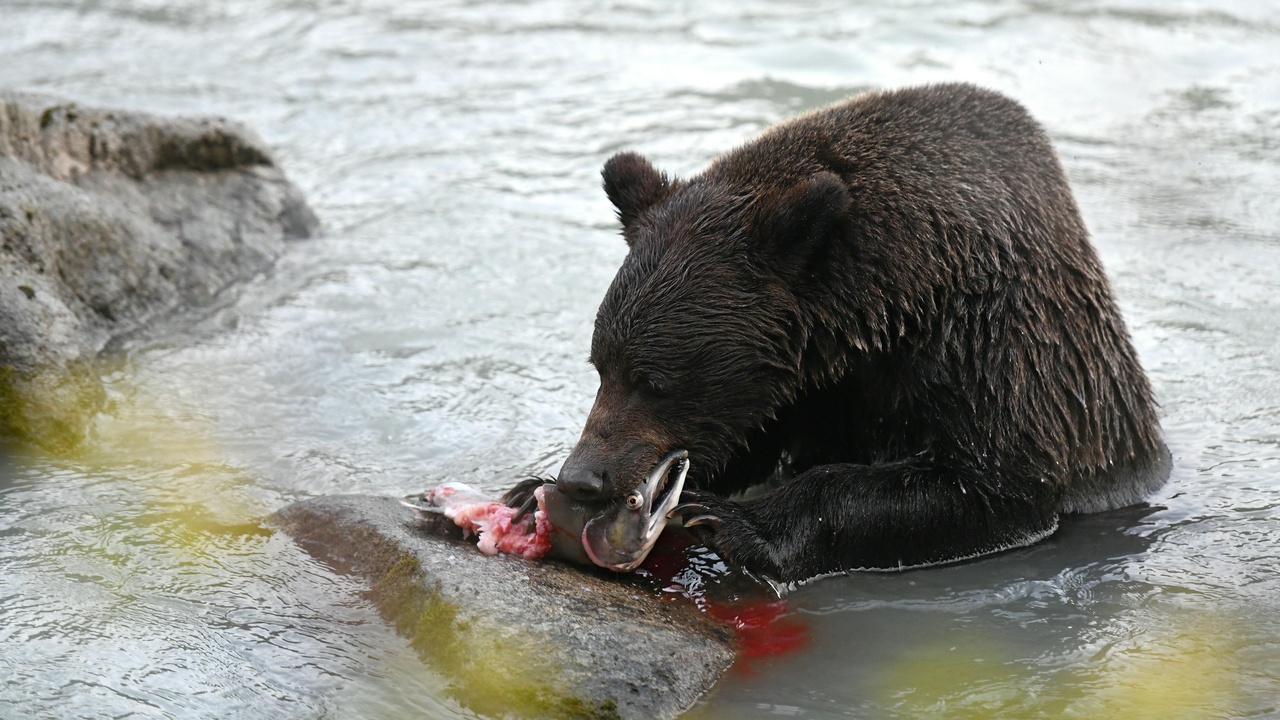
Being an omnivore often requires a mix of physical and behavioral traits: generalized dentition, intermediate gut lengths, and seasonal fattening strategies. Dentition that combines sharp canines with grinding molars helps process both meat and plant material, while digestive tracts that are neither extremely short nor very long accommodate diverse foods.
Behavior matters too: some species store fat for lean seasons, others switch feeding grounds when resources peak. These traits confer resilience to change—species that can make small behavioral shifts often persist where specialists decline. Comparative studies of gut morphology and seasonal diet percentages show clear differences between omnivores and strict specialists, and such traits inform management decisions.
4. Brown Bear (Ursus arctos) — Seasonal generalist shifting between plants and meat
Brown bears exemplify seasonal omnivory. Coastal populations often gorge on salmon during runs, while inland bears consume more berries, roots, and ungulate carrion. That seasonal swing can be dramatic: individual bears may consume tens to hundreds of kilograms of salmon during peak runs.
By eating salmon and then spending time on land, bears transfer marine-derived nutrients into forest soils and plant communities—a well-documented ecological effect in places like Alaska and the Pacific Northwest. Wildlife agencies monitor these dynamics because they tie bear condition to fisheries and human-bear interactions.
5. Red Fox (Vulpes vulpes) — Opportunistic feeder in rural and urban landscapes
Red foxes eat small mammals, birds, insects, fruits, and human food scraps. Their prey size typically centers on rodents and small birds, but fruit and anthropogenic foods supplement diet seasonally and spatially.
That flexibility lets foxes thrive along agricultural margins and in suburbs. They can take poultry if coops are unsecured, raid compost piles, and exploit orchards during fruiting seasons. Wildlife managers often recommend secure storage of feed and predator-proofing poultry to reduce conflicts.
6. Opossum (Didelphis virginiana) — Nocturnal omnivore and inadvertent pest controller
The Virginia opossum is a nocturnal generalist that eats fruit, insects, small vertebrates, carrion, and household scraps. They’re common in wooded suburbs and take advantage of garden produce and pet food left outdoors.
Interesting for gardeners: research indicates opossums groom extensively and can remove and kill large numbers of ticks that attach to them—one peer-reviewed study found a high proportion of attached ticks did not survive on opossums. Extension services often note opossums as beneficial neighbors for reducing some pest loads.
7. Norway Rat (Rattus norvegicus) — Urban omnivore and prolific breeder
Norway rats are textbook urban omnivores: they eat grains, food waste, invertebrates, and small vertebrates. Their reproductive rate fuels population growth—gestation lasts about 21–24 days and females can produce multiple litters per year.
Their success has public-health and agricultural consequences. Municipalities and food storage facilities cite rats for contaminating grain, spreading disease, and damaging infrastructure in sewers and subways. Control programs rely on sanitation, exclusion, and monitoring guided by public-health departments.
Human Connections: Domestication, Agriculture, and Coexistence
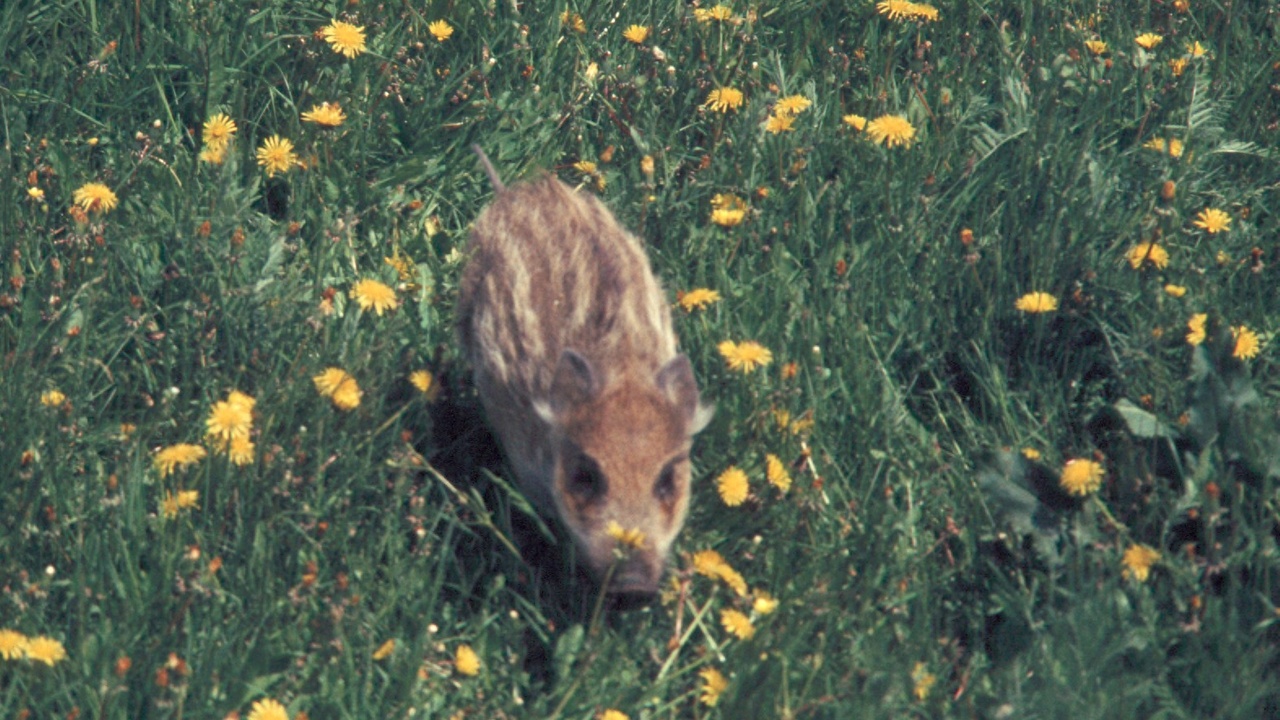
Omnivory is central to human history and agriculture. Domesticated omnivores like pigs and chickens were brought into farming systems thousands of years ago and helped shape land use, diets, and economies. Humans now number about 8 billion (2022), and our combined demand for plant and animal foods drives deforestation, pasture expansion, and nutrient flows.
These intersections bring benefits and risks: omnivorous livestock recycle food waste and provide livelihoods, while close contact among people, domestic animals, and wildlife raises zoonotic-disease concerns. Understanding diets and management practices helps balance production with conservation and public health—especially where wild and domestic omnivores overlap.
8. Humans (Homo sapiens) — Cultural omnivores shaping ecosystems
Humans are culturally diverse omnivores, consuming a wide range of plant and animal foods across regions. Our diets and farming choices have transformed landscapes—clearing forests for cropland, raising livestock, and moving species around the globe.
Population growth and changing consumption patterns influence greenhouse-gas emissions, biodiversity loss, and freshwater use. Policy and consumer choices—sustainable fisheries, agroecological practices, reduced food waste—can shift those impacts, so international sources such as the FAO and the UN provide guidance and data used by planners and producers.
9. Pig (Sus scrofa domesticus/wild) — Domesticated omnivore at the heart of agriculture
Pigs are highly flexible omnivores and have been tied to human societies for millennia. Zooarchaeological evidence suggests initial domestication events in parts of Eurasia roughly 9,000 years ago, though dates vary by region.
Domestic pigs eat roots, crops, invertebrates, and small animals, which makes them efficient converters of diverse feeds into protein. But feral pigs and wild boar can become invasive, rooting up vegetation, preying on ground-nesting birds, and altering soil and water dynamics—issues documented in regions from Australia to the southern United States.
10. Chicken (Gallus gallus domesticus) — Omnivorous foragers in farms and backyards
Chickens forage for seeds, insects, and occasional small vertebrates, a behavior that helped their domestication roughly 6,000–8,000 years ago. They still serve smallholders by controlling insects and recycling kitchen scraps into eggs and meat.
Globally, billions of chickens are raised for food (consult FAO statistics for current figures). Production brings food security benefits but also environmental challenges when systems intensify. In agroecological systems, free-range birds can reduce pest pressure and contribute to nutrient cycling.
Summary
- Omnivory links plants and animals: mixed diets support seed dispersal, scavenging, and nutrient transfer across ecosystems.
- Diet flexibility (seasonal shifts and opportunistic feeding) makes many species resilient and often able to exploit human-modified environments.
- Some omnivores provide services—pest control, carcass removal, nutrient cycling—while others create conflicts around agriculture, waste, and disease risk.
- Understanding species’ diets—from raccoons and crows to pigs and chickens—helps managers balance coexistence, conservation, and production.
- Responsible coexistence means securing attractants, using evidence-based management, and supporting farming practices that reduce negative impacts from omnivorous animals.
